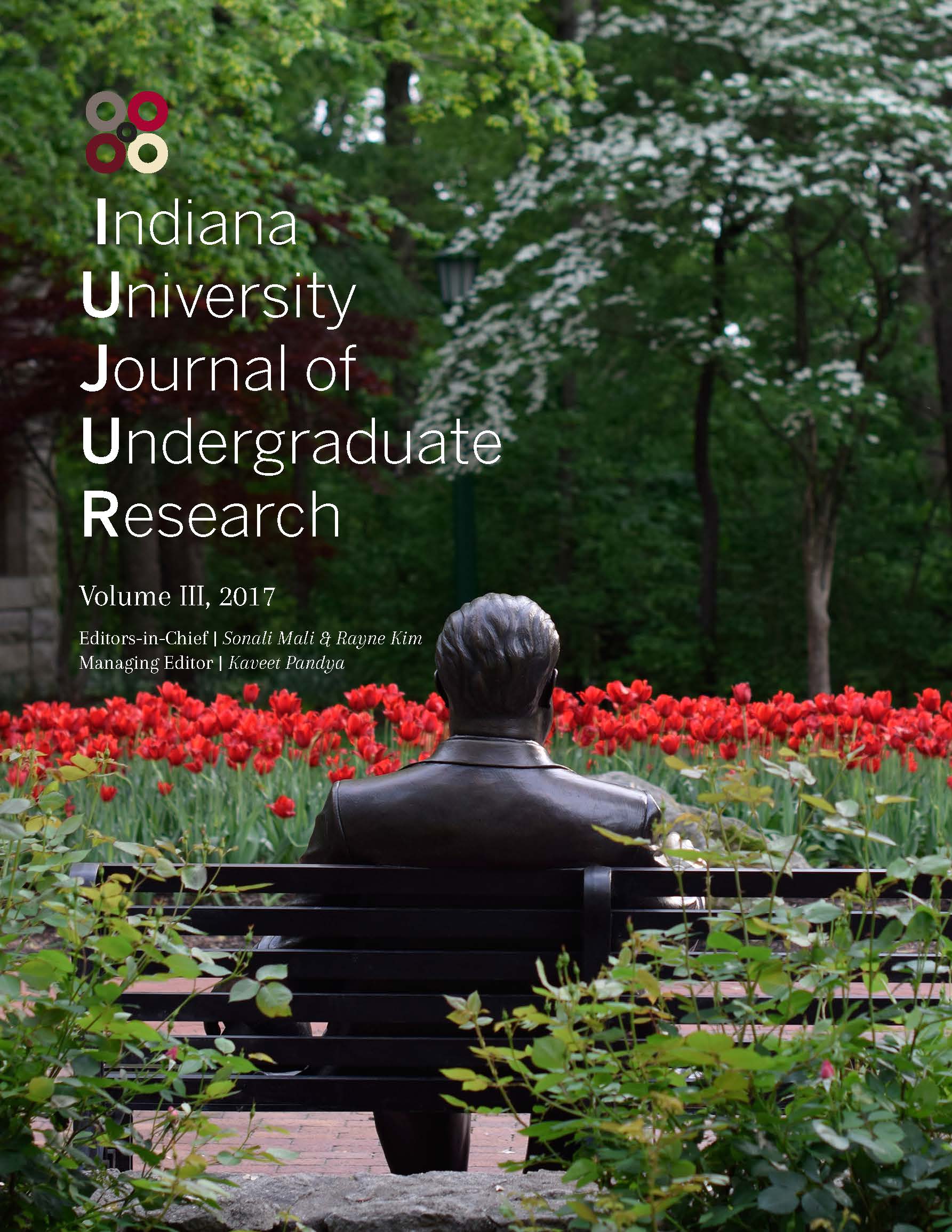Politics in African Wildlife Conservation: Wildlife Management Areas in Tanzania
Main Article Content
Abstract
Starting in the 1980’s, an increasing number of international actors have advocated for a change in wildlife and resource conservation strategies, arguing for practices allowing for greater local management in a model known as “community-based conservation.” Focusing on Tanzania, a country known for its expansive wildlife and game reserves, this investigation examines the adoption and implementation of legislation allowing for locally-administered Wildlife Management Areas (WMA’s). This paper first documents the processes motivating the introduction of WMA legislation in Tanzania, then details the legislation’s contents themselves and attempts to evaluate the social and political results as best it can, using a combination of sources including previously conducted research, promotional materials, and NGO publications.
Major aspects of legislation include the following: villages themselves choose to enter into WMA agreements with investors; investors collect the revenue and deliver it to the federal government, which in turn distributes it to villages and wildlife conservation programs; and village residents themselves determine how to allocate the revenue they receive. Results have been mixed; while many villages have benefitted from income received from participation in wildlife management, there have also been instances of coercion into participating, disputes between villages regarding WMA practices, and there has been a general lack of transparency in income collection and distribution. Furthermore, it is unclear to what extent recent legislation has actually given a greater degree of control to local government.
Downloads
Article Details
Authors who publish with this journal agree to the following terms:
- Ownership of the copyright shall remain with the Author, subject to IUJUR’s use and the rights granted by the Creative Commons license assigned by the Author. A Creative Commons Attribution-NonCommercial 4.0 International (CC BY-NC 4.0) license will be applied to the published work unless otherwise indicated in the Student Author Contract. The CC BY-NC 4.0 license (https://creativecommons.org/licenses/by-nc/4.0/) lets others remix, tweak, and build upon the published Work non-commercially, and although the new works must also acknowledge the original IUJUR publication and be noncommercial, they don’t have to license their derivative works on the same terms.Authors are able to enter into separate, additional contractual arrangements for the non-exclusive distribution of the journal's published version of the work (e.g., post it to an institutional repository or publish it in a book), with an acknowledgement of its initial publication in this journal.
- Authors are permitted and encouraged to post their work online (e.g., in institutional repositories or on their website) prior to and during the submission process, as it can lead to productive exchanges, as well as earlier and greater citation of published work (See The Effect of Open Access).
References
Barrow, E., & Murphree M. (2001). Community Conservation: From Concept to Practice. In D. Hulme & M. Murphree. (Eds.), African Wildlife and Livelihoods: The Promise and Performance of Community Conservation (pp. 25-38). Oxford, U.K.: James Currey Ltd.
Berkes, F. (2004). Rethinking Community-Based Conservation. Conservation Biology, 18(3), 621-630. doi:10.1111/j.1523-1739.2004.00077.x
Jones, S. (2006). A Political Ecology of Wildlife
del Valle Coello: Political Ecology of Wildlife Conservation in Africa. Review of African Political Economy, 33(109), 483-495. doi:10.1080/03056240601000911
Little, P. D. (2013). Economic and Political Reform in Africa. Bloomington, IN: Indiana University Press.
Moyo, F., Ijumba, J., & Lund, J. F. (2016). Failure by Design? Revisiting Tanzania’s Flagship Wildlife Management Area Burunge. Conservation and Society, 14(3), 232-242. doi:10.4103/0972-4923.191160
Sulle, E., Lekaita, E., & Nelson, F. (2011). From Promise to Performance? Wildlife Management Areas in Northern Tanzania. Tanzania Natural Resource Forum. Retrieved from http://tnrf.org/files/WMA_summary.pdf
United Nations Development Programme. (2015). Matumizi Bora ya Malihai Idodi na Pawaga (MBOMIPA) Wildlife Management Area, Tanzania. Equator Initiative Case Study Series. Retrieved from http://equatorinitiative.org/images/stories/ winners/198/casestudy/case_1459269477.pdf WWF. (2014). Tanzania’s Wildlife Management Areas: A 2012 Status Report.
WWF. Retrieved from http://www.twma.co.tz/uploads/WMA_Status_Report_2012_Final.pdf

